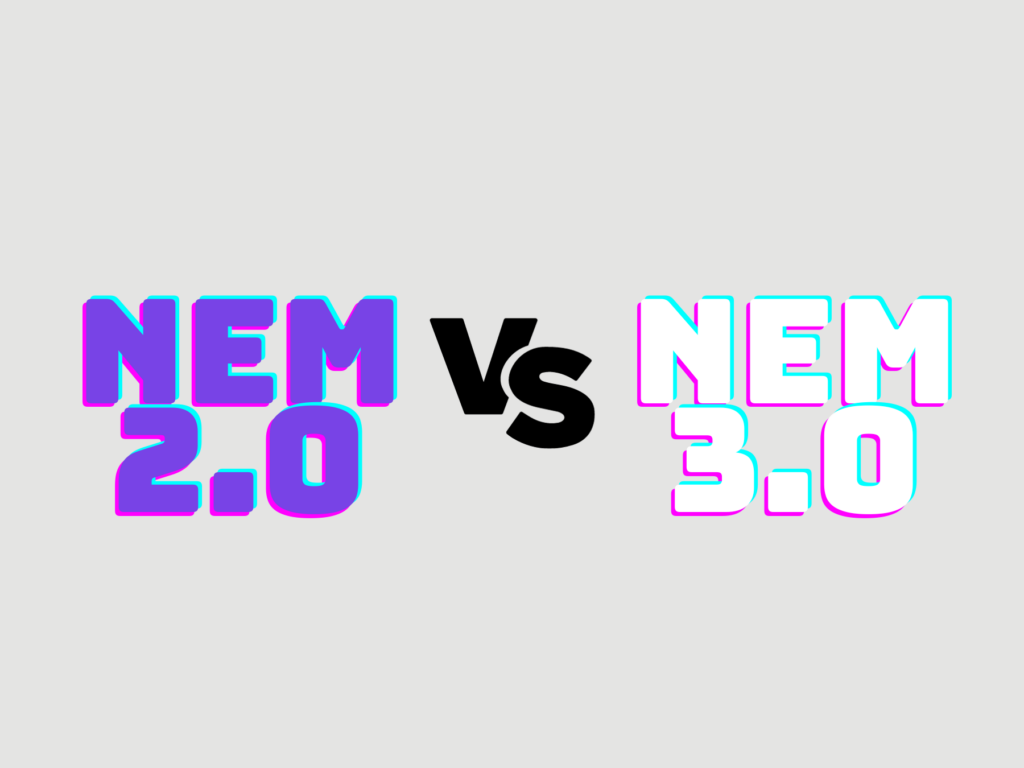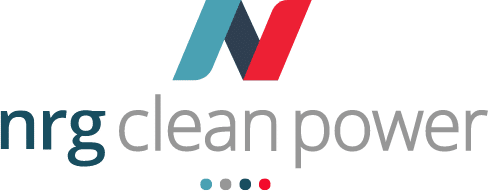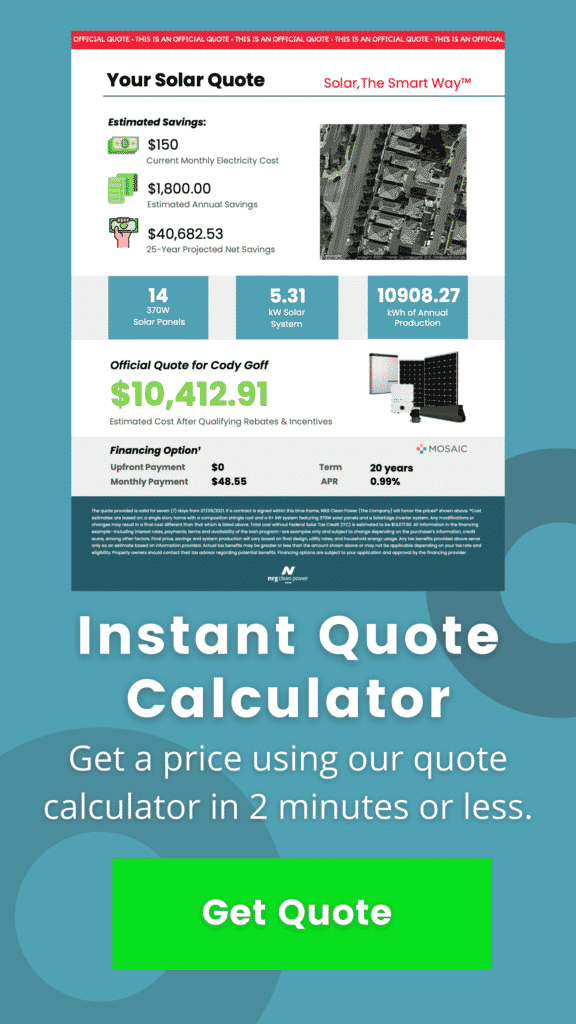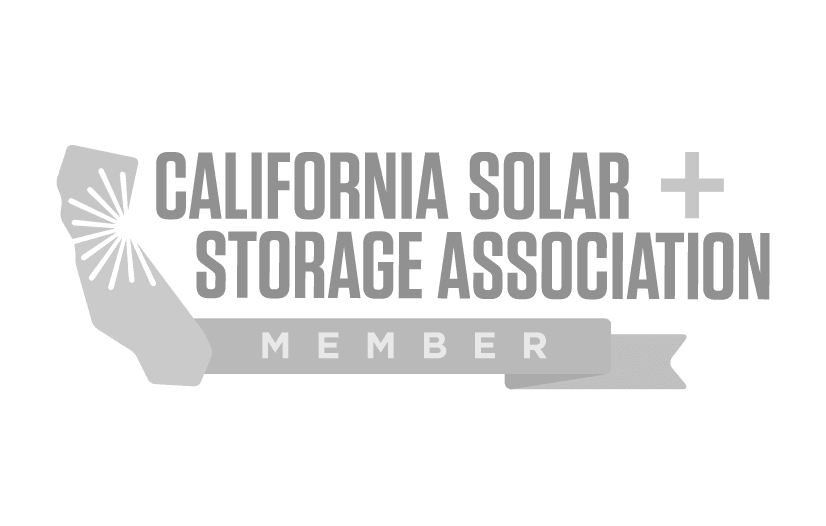
For a state with the largest solar capacity in the US, any change in its net metering law is bound to cause a stir. In the case of California, where over ten million homes run primarily on solar, the introduction of a third iteration to the existing net metering plan, also known as NEM 3.0, has put the future of solar users in question.
What is it about NEM 3.0 that has residential solar users worried?
Today, let’s pit NEM 2.0 vs NEM 3.0 to understand the difference and why it may affect solar adoption in the coming days.
Understanding Net Metering and How It Works
Net metering is a unique billing system for grid-tied solar users. So, if you have a solar setup at home that is connected to your local utility provider’s power grid, you can make money by sending all surplus power you produce back into it.
Sounds simple enough, doesn’t it?
For one, you can use your utility provider’s power grid as a storage unit. And on top of that, you also make good on your solar investment. Net metering plans are designed to promote solar adoption, after all.
But there’s a caveat to net metering laws: these are not standardized and vary based on local legislation. In addition, there are various types of net metering plans, each of which will affect the savings you make on your electricity bill in different ways.
Before directly comparing NEM 2.0 vs NEM 3.0, let’s understand the most common net metering laws and what they constitute:
- Full Retail: This net metering plan pays as much per unit of solar power as your local utility provider charges for electricity. It is the most profitable of the options listed here.
- Time of Use (ToU): Under this plan, compensation rates vary based on the time of the day, with peak hours of consumption driving high utility rates.
- Avoided Cost: In this model, the utility pays you back based on how much savings it made when you used solar power. The rates are significantly lower than utility prices.
Over the years, California’s NEM laws have transitioned from full retail to ToU and Avoided Cost models.
What do these changes mean in the context of NEM 2.0 and NEM 3.0? Let’s break it down.
NEM 2.0 vs NEM 3.0: What Has Changed?
After lots of debate and deliberation, the California Public Utilities Commission (CPUC) put NEM 3.0 into effect on April 15, 2023. It will apply to all grid-tied solar users who install their solar arrays on or after that day.
The CPUC claims that by signing off on these changes, it’s ensuring an equitable distribution of utility-generated electricity and establishing more resilient supply grids. Whether CPUC will achieve this goal remains to be seen, but the immediate changes NEM 3.0 has brought in its wake are creating huge ripples.
Here’s how NEM 3.0 is different from NEM 2.0 and what that means for the average residential solar user:
Export Rates
NEM 3.0’s compensation policy uses an Avoided Cost calculator, whereas NEM 2.0 was all about Time of Use (ToU) rates. Although both pay solar users less than the full retail payment model, NEM 3.0 export rates are almost similar to wholesale electricity rates.
Because of that, there’s a significant reduction in the savings you can make on your residential solar arrangement. The net metering credit you get for being fathered into a net metering plan has taken a huge hit, which extends the timeline of the solar system’s ROI.
What it has led to: A 50% to 80% decrease in the net metering credits, which could dissuade homeowners from switching to solar in the future.
Net Billing Policy
Residential solar users under NEM 2.0 had to make utility bill payments in place of a net metering policy. NEM 3.0 has changed this to a net billing policy.
Under the new billing system, you get a pre-determined fixed export rate for the surplus solar power you send back to the grid. And it’s lower than what utility providers charge.
How much power you export and consume is also tracked in real time. So, you must look at your current electricity meter setup to accommodate these requirements.
Because of this, getting a net metering plan has become far less attractive to residential solar users. When you consider unpredictable rate increases from utility providers, the shift to net billing plans becomes even less financially rewarding.
What it has led to: Lower overall savings on your utility bills and an increase in the payback period.
Lock-in Period
Another critical change that rooftop solar users should know about is the 9-year lock-in period under NEM 3.0. Export rates will be reviewed and reset every two years after the lock-in period ends.
Given the energy crisis and the current trend of utility rate increases, the prospect of export rate changes every two years can demotivate some solar users.
What it could lead to: A decline in solar adoption that will affect manufacturers and reduce the jobs that the industry generates.
In view of these mega changes, where does the average residential solar user stand?
Fortunately, you can reap the benefits of solar power by going off the grid or partially offloading your electricity consumption to a solar and storage unit.
Finding a Way: Solar Batteries to the Rescue
You can choose to become grid-independent by adding an energy storage system (ESS) to your solar setup. And what better choice than a solar battery?
If you do not want to rely on the ever-changing net metering plans in California or any other state, invest in a solar battery that will help you meet your household energy needs.
According to the Solar Energy Industries Association (SEIA), only 20% to 40% of a solar arrangement’s total output goes into the grid. Does it make sense to bear the hassle of NEM 3.0 for only that much surplus power you send back to the grid?
Perhaps not.
Instead, you can futureproof your energy needs by investing in a solar battery arrangement that can meet your home’s energy requirement around the clock. Plus, you will have much-needed backup power during power cuts or other emergencies.
Adding batteries to your solar setup also improves the overall ROI of your overall expenditures.
Sure, it is a hefty expense to bear alongside the cost of a solar array. But the many benefits of solar batteries are hard to ignore.
With the transition from NEM 2.0 to NEM 3.0, there have been significant changes impacting solar energy users. NEM 3.0 introduces new billing structures and reduced compensation rates for excess energy sent back to the grid, making it crucial for homeowners to optimize their solar system size and usage. The new regulations also encourage the adoption of energy storage solutions, such as home batteries, to maximize self-consumption and savings. Understanding these updates can help homeowners make informed decisions about their solar investments and take full advantage of available benefits.
Key Takeaways
At the time of its introduction, California had a full-retail net metering plan. So solar users would get 1 kWh worth of utility credit for every kWh energy household solar arrangments sent back to the grid.
However, the plan was capped at 5% of the overall peak electricity demand for all areas under PG&E (Pacific Gas and Electric Company), SDGE (San Diego Gas & Electric), and SCE (South California Edition).
It was unable to accommodate the rising number of solar users. So, it had to be revised to NEM 2.0.
More revisions under NEM 3.0 have ruffled a lot of feathers, from homeowners to solar manufacturers. After all, they cannot let a 75% reduction in savings slide.
However, not all hope is lost. You can still save money by going solar—just invest in a battery. It’s a one-time investment with years’ worth of returns.

Authored by Ryan Douglas
NRG Clean Power's resident writer and solar enthusiast, Ryan Douglas covers all things related to the clean energy industry.


